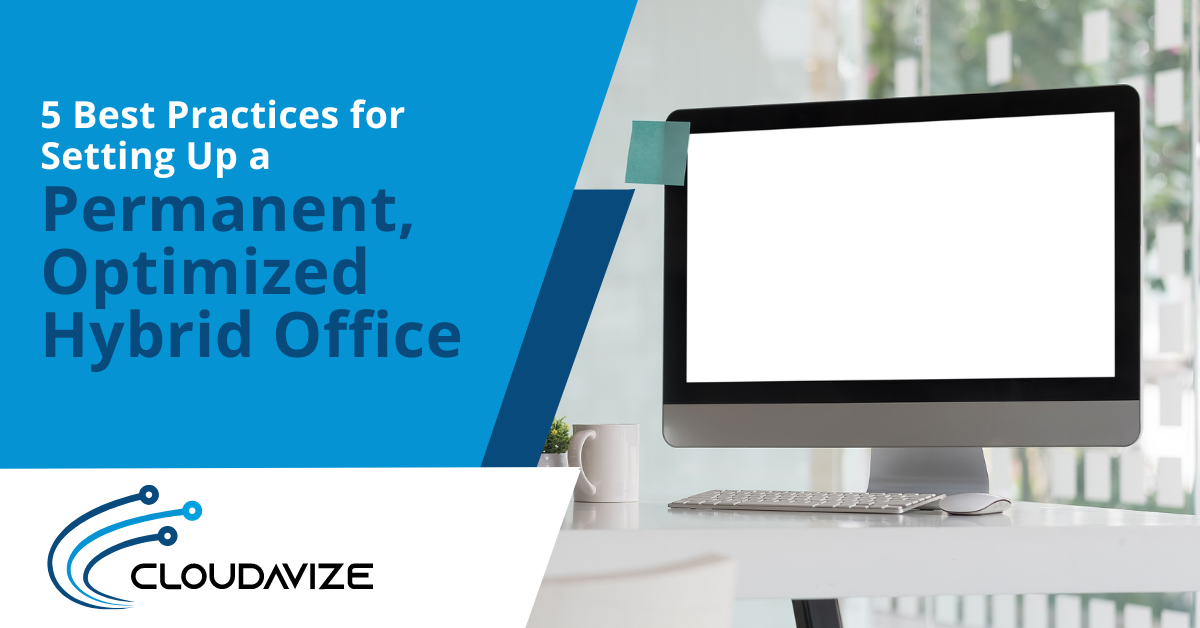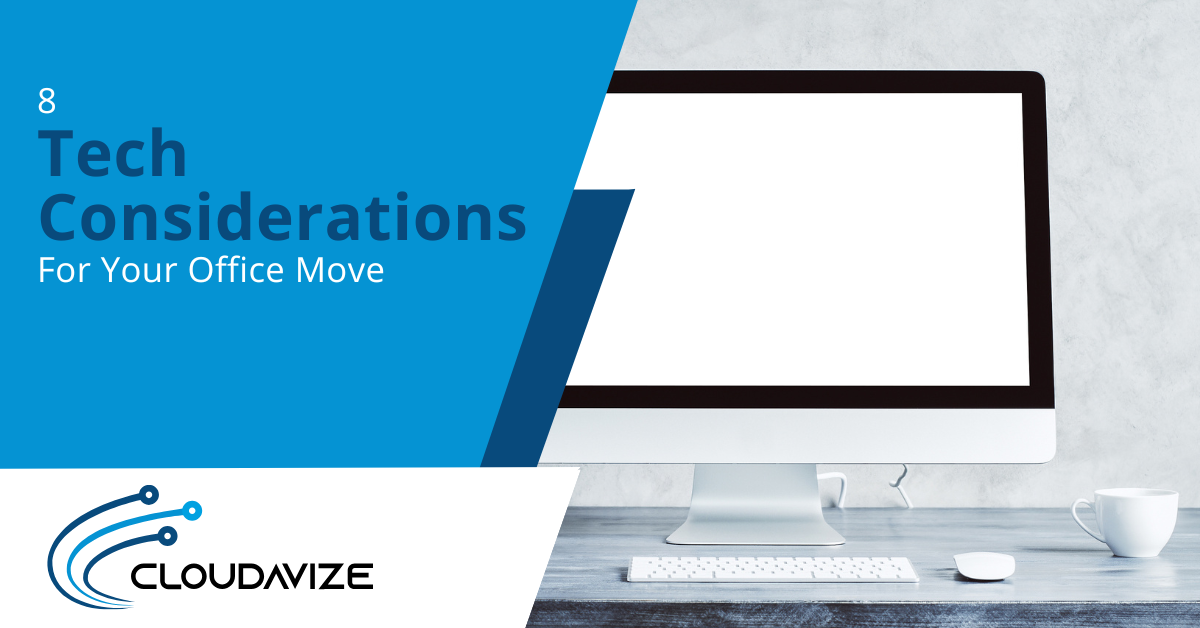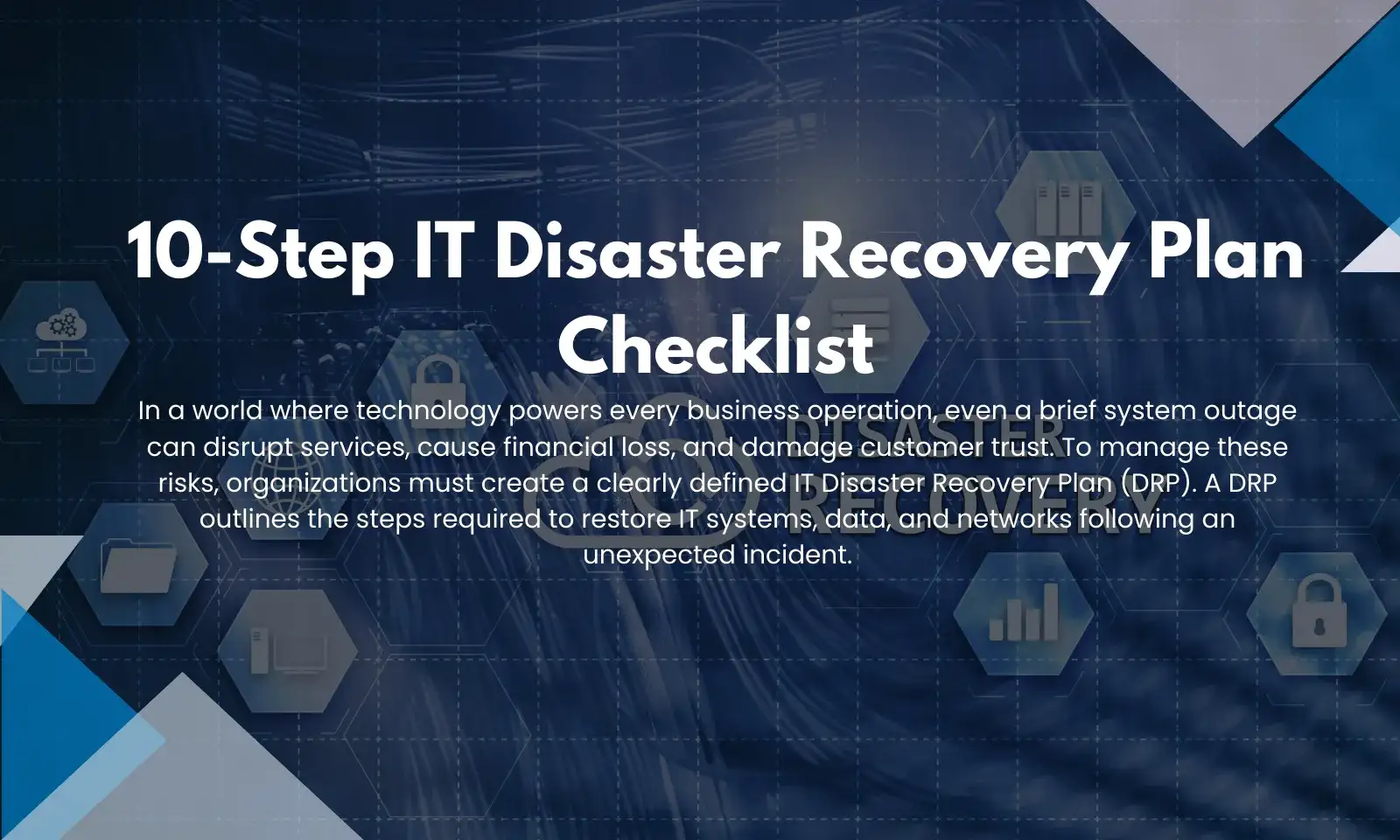Work-life as we know it has changed entirely in the post-pandemic era. While remote work dominated the pandemic, the post-covid era calls for something different. Some workers prefer to work from the office, and others from home. The question now is, how do you strike this balance?
The answer lies in hybrid office models. Already, 63 percent of high-growth companies have adopted a hybrid work model. More than half of the workforce agree that a hybrid model works best.
But what makes a hybrid office model so appealing? For one thing, it merges the best of both worlds. Those who operated from a hybrid work environment during COVID-19 reported greater mental health, healthier work relationships, and were more satisfied with their overall employment. They also had fewer mental/physical burnouts than individuals who worked fully remote or fully onsite.
One of the biggest obstacles companies face is setting up a hybrid office.
Table of Contents
So here are five best practices for setting up hybrid office:
- Rethink Your Office Space
- Offer a Consistent Experience
- Pay Attention to the People
- Onboarding
- Invest in Enterprise Solutions
Rethink Your Office Space
One of the benefits of a hybrid office is that it reduces the cost of office space. However, whatever area you keep has to be efficient for it to be effective. When choosing an office space, consider the following:
- How many people need to come into the office daily? Can you reduce that with staggered shifts?
- Are all gathering spaces still necessary, or can some be converted to something else?
- What types of meeting rooms will be needed to accommodate remote and onsite employees for collaborative sessions, meetings, etc.?
Offer a Consistent Experience.
Hybrid office models also face several challenges. One of which is the tendency to relegate remote workers to second-class citizens. To combat this, companies will need to do all they can to give in-office and remote employees the same experience. An excellent place to start is to prioritize online communication over in-person.
When planning events and meetings, organizations should always keep remote workers at the back of their minds. Instead of gathering in-office workers in the meeting room and asking remote workers to join in via video, curate the same experience by having everyone join in remotely from their laptop. This creates uniformity, but it’ll make it easier for remote workers to contribute meaningfully to meetings.
A good tip is to make most communication channels online rather than in-person. By insisting that most communications take place online, remote workers will be able to keep up with conversations and any decisions made in the office.
Pay Attention to the People.
Perceptions and appearances can go a long way in making the hybrid office fail or succeed.
Where the team leaders and management staff spend their time is an essential factor in running a hybrid model successfully. If most of the management team works from home, there’s a good chance it’ll influence others to do the same. This could hurt the hybrid office you’re trying to build if you want to unconsciously shift things to an office-first culture.
When leadership works inside the office more often, it can create an unbalanced work culture and can lead to recognition bias. The team leaders will spot employees who also work in the office more and give them more attention. On the other hand, remote workers will be an afterthought because they are hardly ‘seen’ in the office, which can disincentivize remote labor.
Onboarding
Hiring new workers in a hybrid office is also different from what most managers are used to. The most important thing is making sure they can acclimate from anywhere. This usually means adopting a virtual-first method of onboarding that’ll allow your new and fully remote hires to connect with existing employees, network, and learn quickly.
Invest in Enterprise Solutions
A significant challenge that employees faced during the lockdown was the lack of technology remote workers needed to work efficiently. If you don’t have the right tools required to connect your hybrid employees, share resources, collaborate, and communicate with team members, then there’s no doubt the hybrid office will fail. Hence, it is vital to embrace cloud-based operations.
Undoubtedly, some teams within the organization are working with various technologies to manage and collaborate on projects effectively. But you can improve productivity by adopting an enterprise solution on a more permanent basis. This could be getting Google Workspace or Microsoft 365, so employees can manage conversations, calendars, emails, video calls, and content in a single space.
Get your hybrid office up and running with the help of Cloudavize. We are your stop for comprehensive IT services. Call us at (469) 250 1667 or reach out through our Contact Form.



